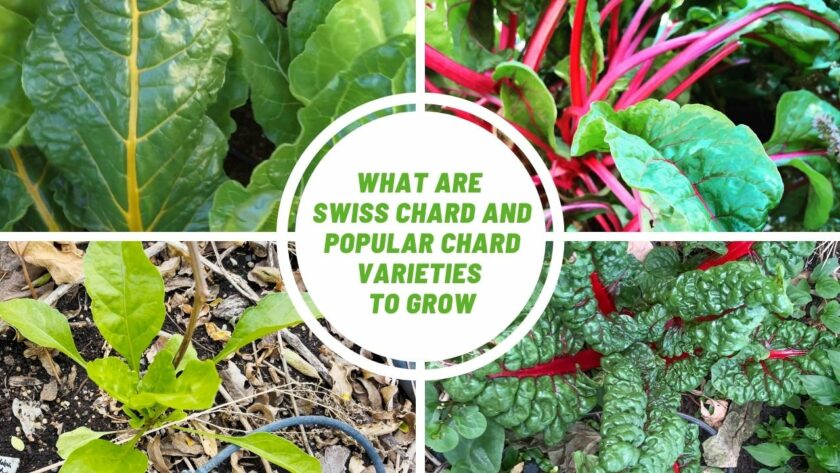Swiss chard, or Silverbeet, is a leafy green vegetable that can be eaten raw or cooked. Chard is a biennial plant that can be grown as an annual. The big wavy leaves have prominent, enlarged midribs and are nutritious. Silverbeet stalks are large, colorful, and ideal for cooking.
Swiss chard does best in 6 and above USDA Plant Hardiness zones with full sun exposure. Because Swiss chard prefers cool temperatures, fall and spring are the best time to grow. Though I find chard tolerates the summer heat better than spinach, it will eventually bolt by mid-summer. Providing it with sade will prolong the growing season.
It is easy to start Swiss chard from seed and is my recommended method. Sow seeds indoors a month before the average date of the last frost for your particular location. Then transplant out into the garden later.
Chard prefers fertile, damp soil with high organic content and good drainage. This makes chard an excellent choice to grow in a raised bed.
Popular varieties of Swiss chard to grow
Fordhook Giant Swiss Chard
A thick white stem with large dark green leaves variety. Hardy, thrive in cold and heat. Salty flavor when eaten raw but tastier when cooked.
Rainbow Swiss Chard
Rainbow chard is a mix of colored varieties, giving you unique colors in shades of red, purple, pink, orange, yellow, and white.
Lucullus Swiss Chard
Another Swiss chard variety produces green leaves and white stems. Suitable for growing in warmer climates.
Magdalena Swiss Chard
An heirloom cultivar started by the Mission Garden Project of Tucson, AZ. Climatized to the Sonoran Desert and thrive in the winter and summer in the lower desert.
Ruby Red Swiss Chard
A bright red, crunchy stems, and red hue leaves variety known for its long growing season. Also called Rhubard swiss chard, it can grow in cool and warm climates.




